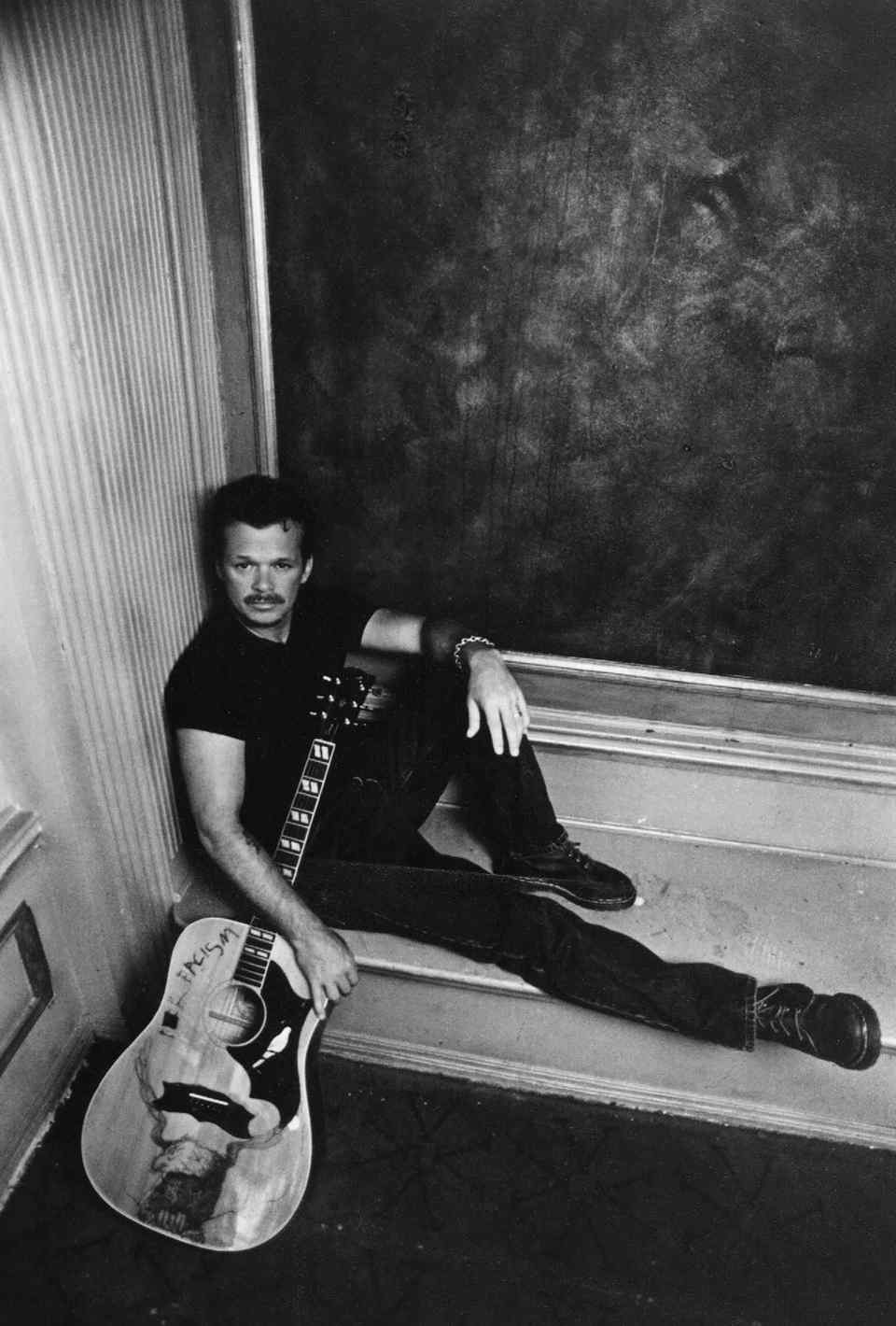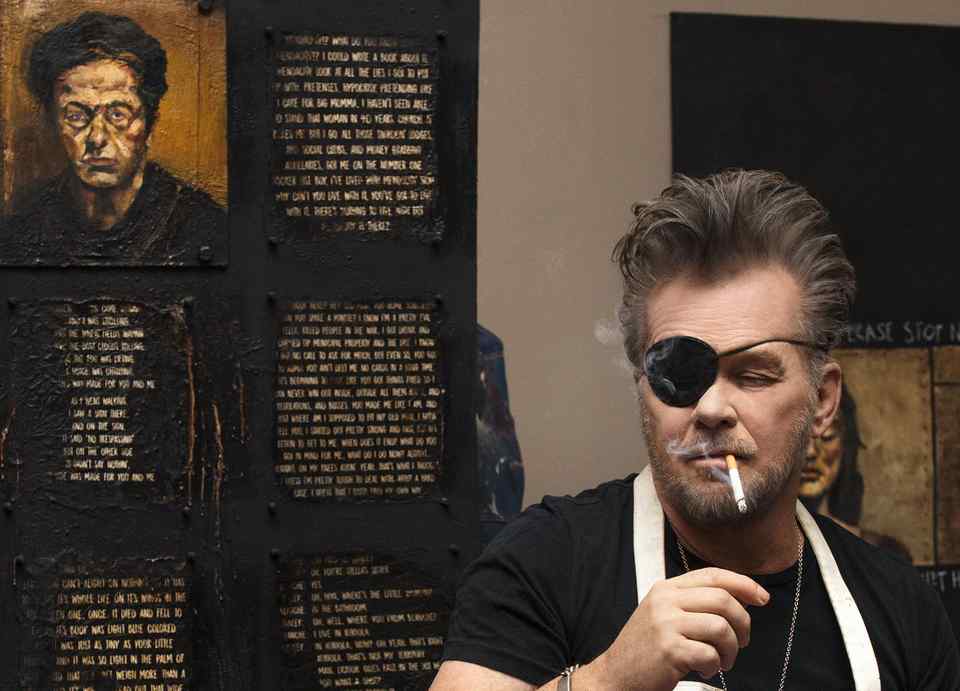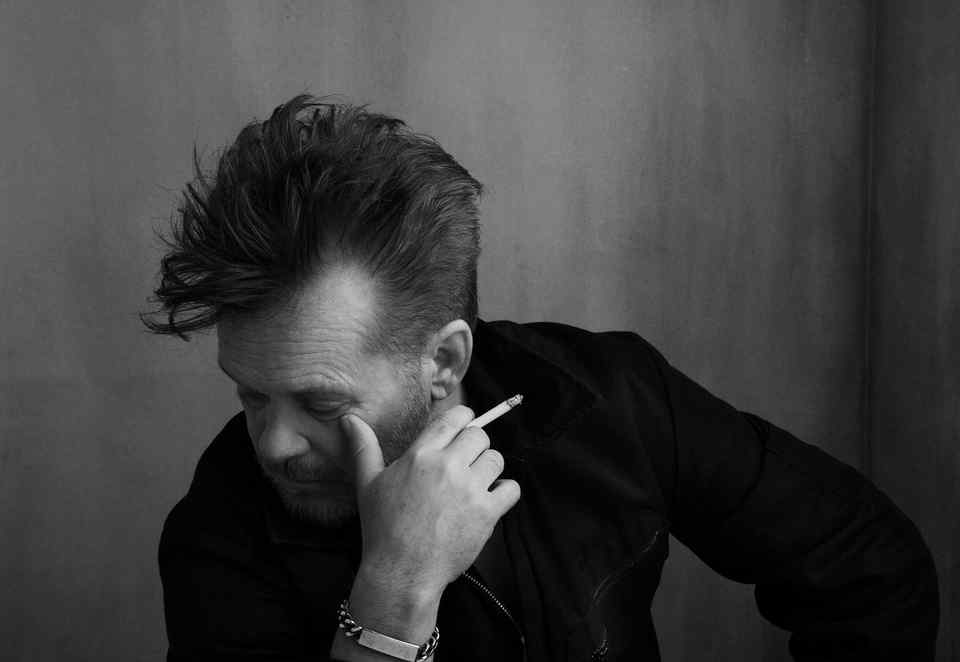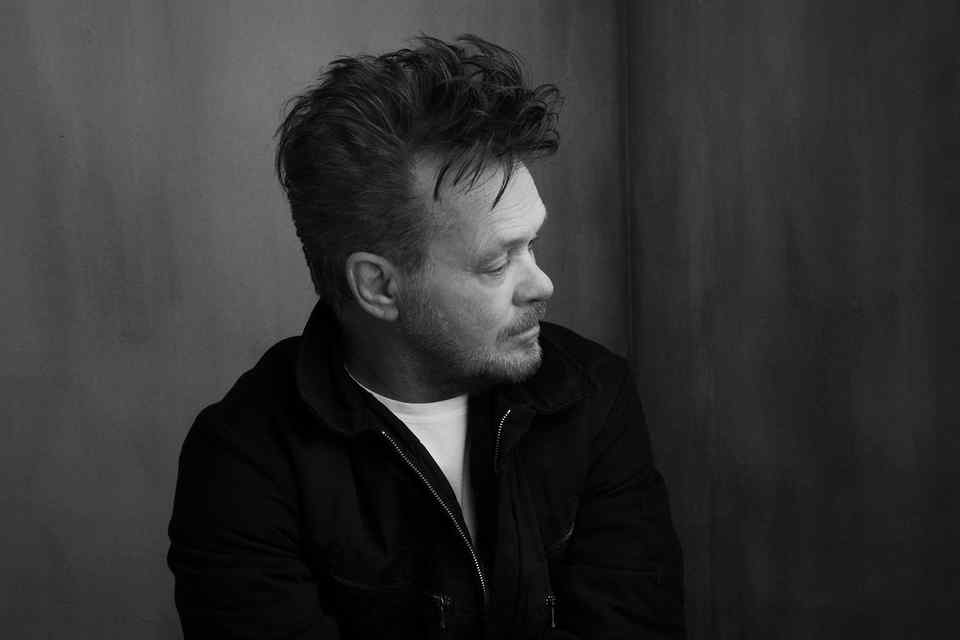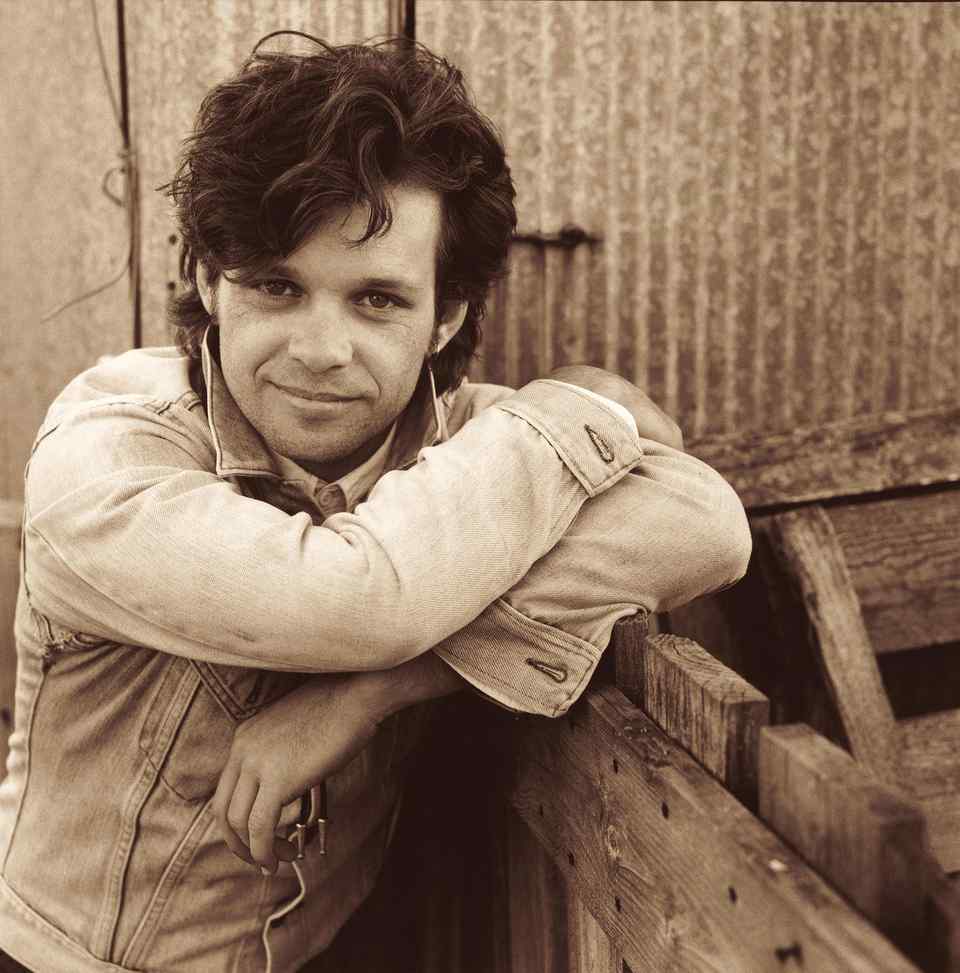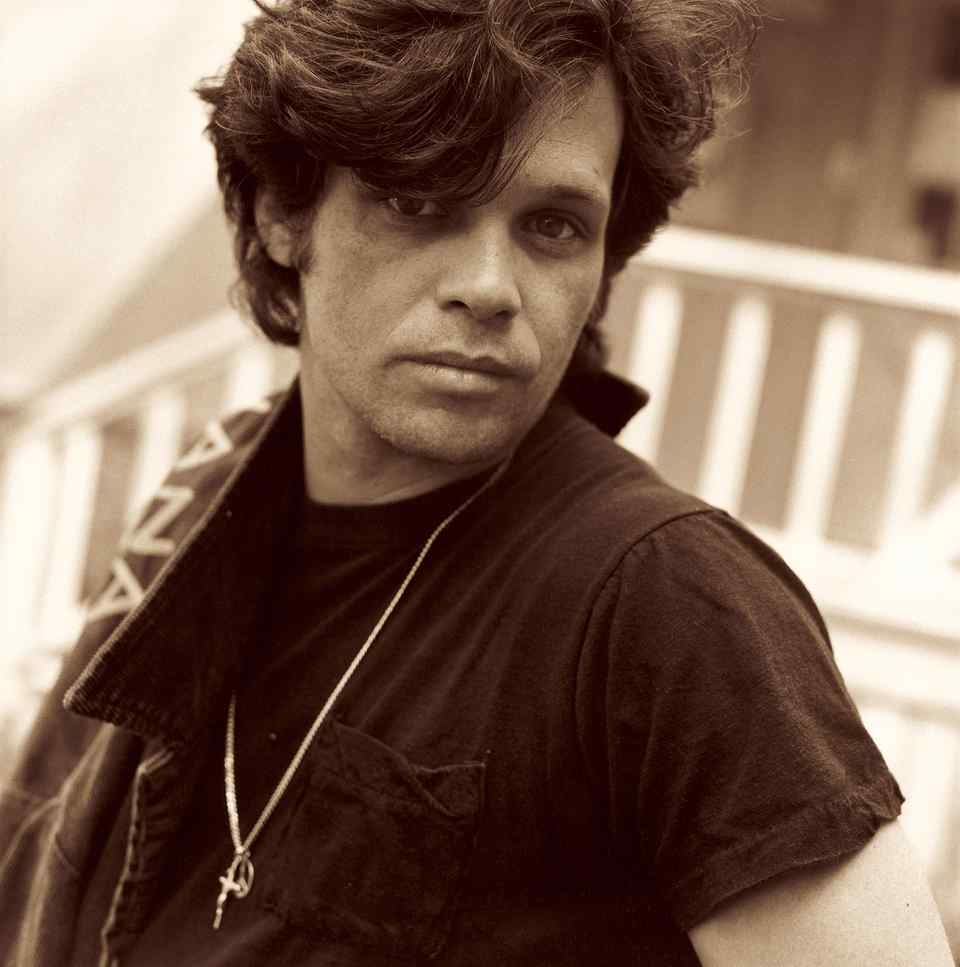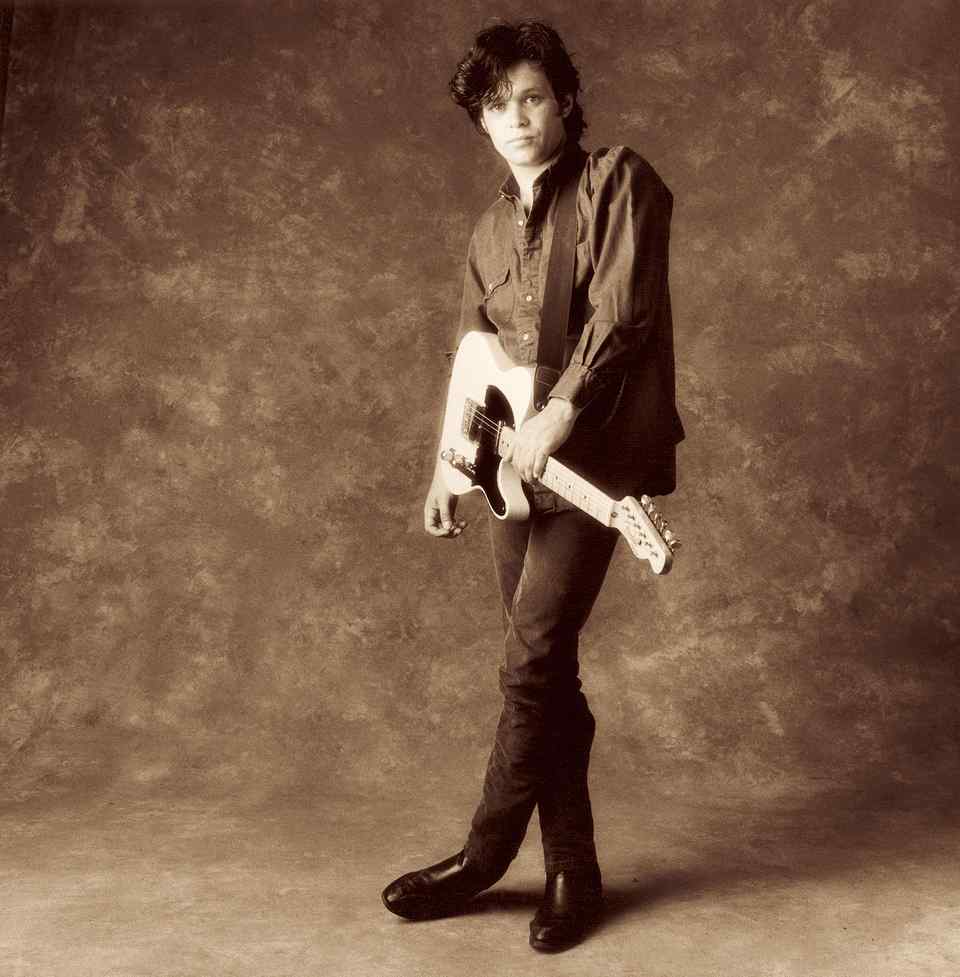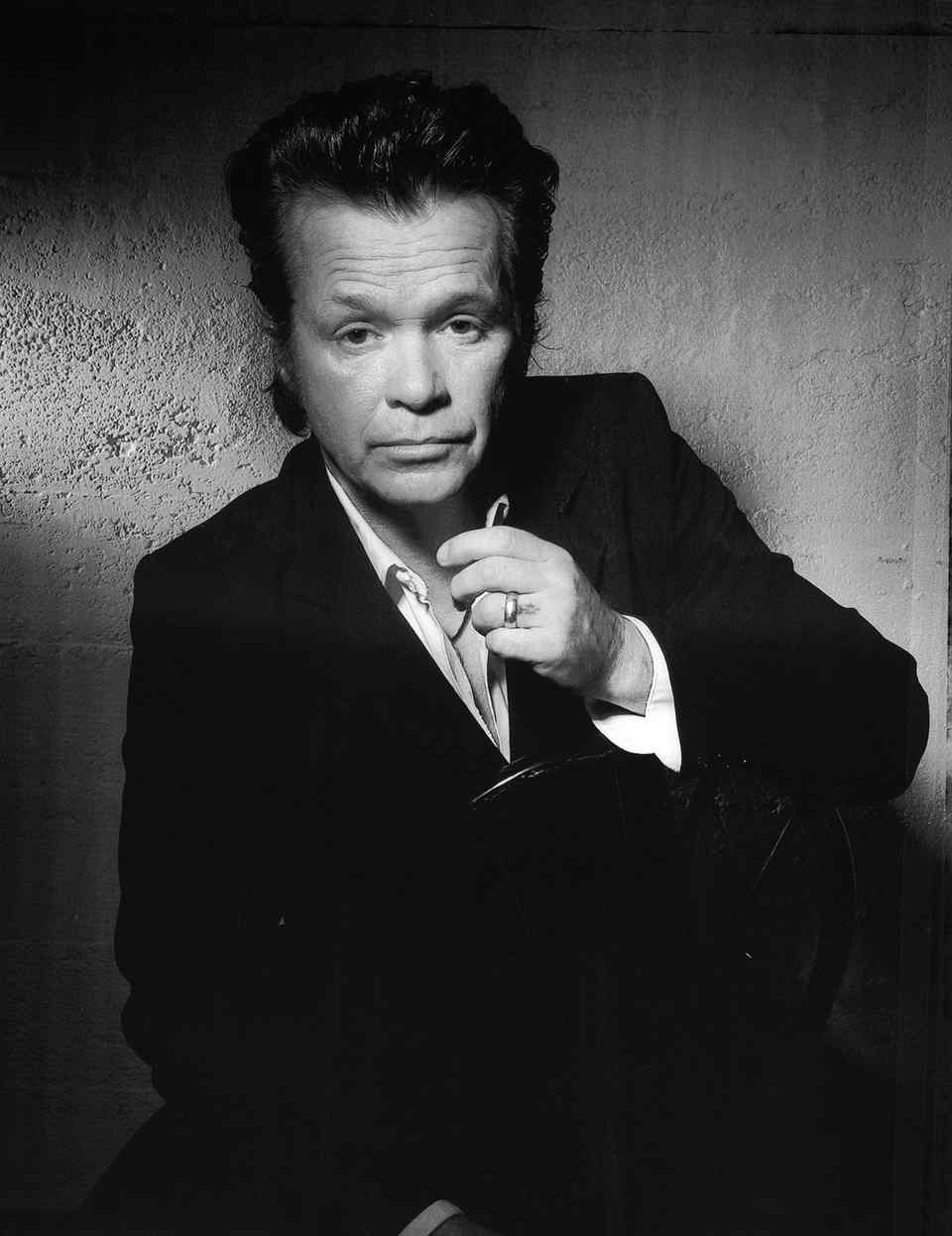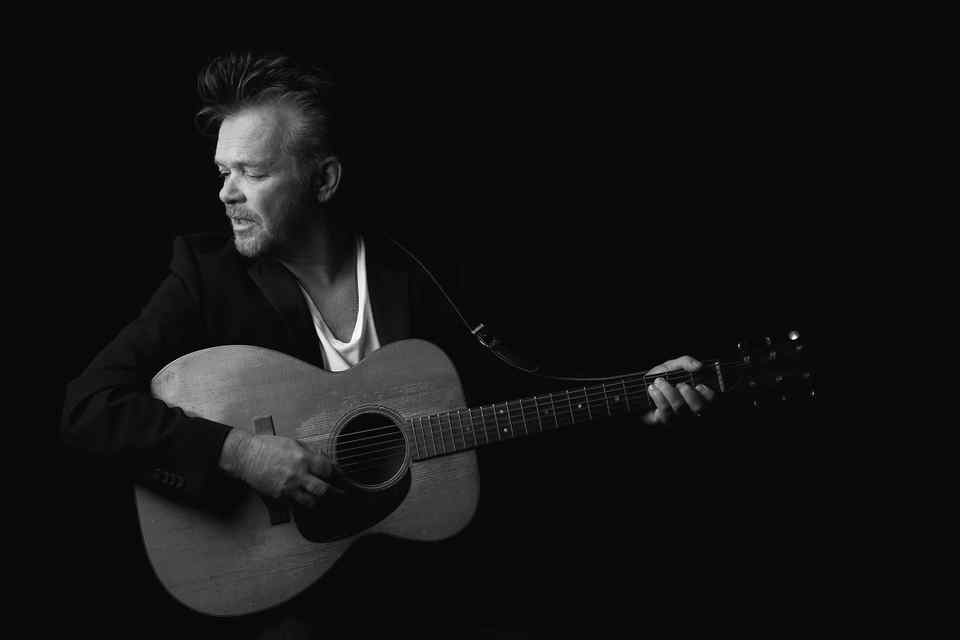Indianapolis Star: No Better Than This Review
Indianapolis Star By David Linquist
In a nutshell: After struggling in recent years to match lyrical messages to complementary music and produce an engaging listening experience, John Mellencamp solves his puzzle on this 13-song collection of folk, blues and rockabilly sounds. While his 2008 album carried the title of "Life, Death, Love and Freedom," death smothered all competing themes. "No Better Than This" -- scheduled to arrive in stores Tuesday -- deftly addresses good times, bad times and the intervening range of hope and despair.
Fan finder: Long-running comparisons between Mellencamp and Bruce Springsteen frequently are misguided, but "No Better Than This" may enter history as the Hoosier rock star's answer to "Nebraska" -- Springsteen's stripped-down masterpiece of 1982. People who don't like to hear ProTools or AutoTune technology in their music might give a thumbs up to "No Better Than This." It was recorded in mono to quarter-inch reel-to-reel tape -- the sonic equivalent of making photos with a pinhole camera in a megapixel world.
That's a keeper: An experiment devised by Mellencamp and producer T-Bone Burnett dictated the album's primitive production. Recording was done at three historic sites: Sun Studio in Memphis, Tenn., First African Baptist Church in Savannah, Ga., and the Gunter Hotel in San Antonio, Texas. Blues icon Robert Johnson cut 16 songs at the Gunter in 1936. Mellencamp tune "Right Behind Me" wakes up eerie echoes of the man responsible for "Cross Road Blues." Accompanied by violin player Miriam Sturm, Mellencamp sings, "I know Jesus, and I know the Devil. They're both inside me, all the time."
Didn't see it coming: Mellencamp attacks vintage microphones (one per session for him and all accompanying instruments) with impressive vocal flexibility. He's a coy Casanova on "Love at First Sight," a hiccupping hillbilly on the album's title track, a relaxed balladeer on "A Graceful Fall" and a sturdy folkie on "No One Cares About Me."
In a nutshell: After struggling in recent years to match lyrical messages to complementary music and produce an engaging listening experience, John Mellencamp solves his puzzle on this 13-song collection of folk, blues and rockabilly sounds. While his 2008 album carried the title of "Life, Death, Love and Freedom," death smothered all competing themes. "No Better Than This" -- scheduled to arrive in stores Tuesday -- deftly addresses good times, bad times and the intervening range of hope and despair.
Fan finder: Long-running comparisons between Mellencamp and Bruce Springsteen frequently are misguided, but "No Better Than This" may enter history as the Hoosier rock star's answer to "Nebraska" -- Springsteen's stripped-down masterpiece of 1982. People who don't like to hear ProTools or AutoTune technology in their music might give a thumbs up to "No Better Than This." It was recorded in mono to quarter-inch reel-to-reel tape -- the sonic equivalent of making photos with a pinhole camera in a megapixel world.
That's a keeper: An experiment devised by Mellencamp and producer T-Bone Burnett dictated the album's primitive production. Recording was done at three historic sites: Sun Studio in Memphis, Tenn., First African Baptist Church in Savannah, Ga., and the Gunter Hotel in San Antonio, Texas. Blues icon Robert Johnson cut 16 songs at the Gunter in 1936. Mellencamp tune "Right Behind Me" wakes up eerie echoes of the man responsible for "Cross Road Blues." Accompanied by violin player Miriam Sturm, Mellencamp sings, "I know Jesus, and I know the Devil. They're both inside me, all the time."
Didn't see it coming: Mellencamp attacks vintage microphones (one per session for him and all accompanying instruments) with impressive vocal flexibility. He's a coy Casanova on "Love at First Sight," a hiccupping hillbilly on the album's title track, a relaxed balladeer on "A Graceful Fall" and a sturdy folkie on "No One Cares About Me."
